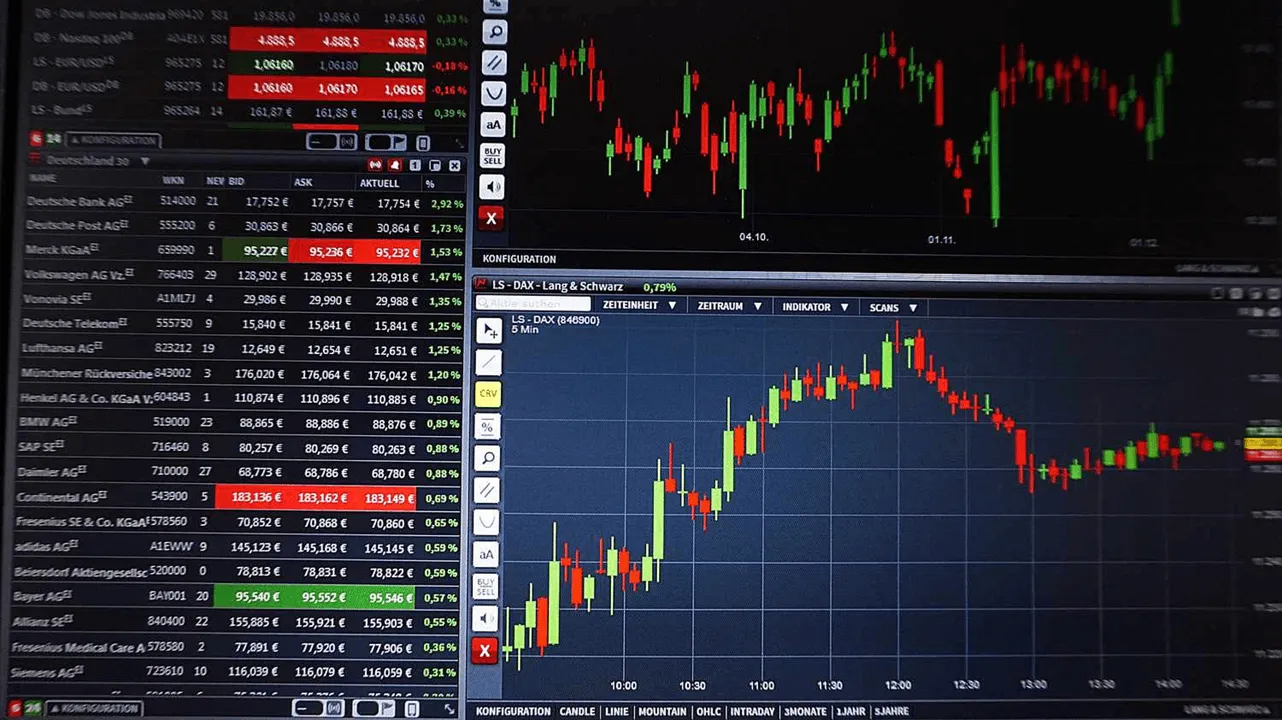Trading has become an increasingly popular way to invest, generate income, and grow wealth. From stock markets to cryptocurrencies, the opportunities to trade are now more accessible than ever. However, for beginners, the world of trading can seem overwhelming, filled with technical jargon, charts, and fast-paced decisions. This guide will break down the fundamentals of how trading works so you can start your journey with confidence.
What Is Trading?
Trading refers to the act of buying and selling financial instruments—such as stocks, commodities, currencies, or cryptocurrencies—with the aim of making a profit. Traders take advantage of price fluctuations in the market, buying when they expect prices to rise and selling when they expect prices to fall.
Unlike long-term investing, which focuses on holding assets for years, trading often involves shorter time frames—from seconds to months—depending on the trader’s strategy.
Types of Trading
Before you start trading, it’s important to understand the different styles:
1. Day Trading
Day traders open and close their positions within the same trading day. They rely on quick price movements and often make multiple trades per day.
2. Swing Trading
Swing traders hold positions for several days or weeks, aiming to profit from medium-term price swings.
3. Scalping
Scalpers make numerous small trades throughout the day, holding positions for just seconds or minutes to capture tiny price movements.
4. Position Trading
Position traders hold assets for months or even years, focusing on long-term trends rather than short-term fluctuations.
How Trading Works: The Basics
Trading is built on the principle of buying low and selling high (or the reverse, selling high and buying low when shorting). Here’s a breakdown of the process:
- Choosing a Market
Decide which market you want to trade in—stocks, forex, commodities, or crypto. - Opening a Brokerage Account
To trade, you’ll need a broker or trading platform that provides market access. - Analyzing the Market
Traders use two main types of analysis:- Technical Analysis: Studying price charts and patterns.
- Fundamental Analysis: Evaluating economic indicators, company earnings, or news events.
- Placing an Order
You can place a market order (buy/sell instantly at current prices) or a limit order (buy/sell at a specific price). - Managing Risk
Use stop-loss and take-profit orders to protect your capital and lock in profits.
Essential Concepts Every Beginner Should Know
1. Bid and Ask Price
- Bid Price: The highest price a buyer is willing to pay.
- Ask Price: The lowest price a seller will accept.
The difference is called the spread.
2. Leverage
Leverage allows you to control larger positions with a smaller amount of capital, but it increases both potential gains and risks.
3. Liquidity
Markets with high liquidity have many buyers and sellers, making it easier to enter and exit trades.
4. Volatility
Volatility measures how much the price of an asset moves in a given period. Higher volatility means more trading opportunities but also more risk.
Tools You’ll Need to Trade
- Trading Platform or Broker
A reliable platform is essential for executing trades and analyzing markets. - Charts and Indicators
Tools like moving averages, RSI, and MACD help identify trends and trade setups. - News Sources
Market-moving events, such as earnings reports or economic announcements, can affect prices dramatically.
Risks Involved in Trading
While trading offers the potential for significant returns, it also carries risks:
- Market Risk: Prices can move against you.
- Emotional Risk: Fear and greed can lead to poor decisions.
- Leverage Risk: Using borrowed capital can magnify losses.
- Liquidity Risk: In less active markets, you might not find buyers or sellers at your desired price.
Tips for Beginners to Succeed in Trading
- Start with a Demo Account
Practice trading with virtual funds to build confidence without risking real money. - Educate Yourself Continuously
Learn from books, courses, and reputable online sources. - Start Small
Begin with small positions and increase size as you gain experience. - Follow a Trading Plan
Set clear rules for when to enter and exit trades. - Control Emotions
Stick to your strategy and avoid impulsive decisions. - Manage Risk
Never risk more than 1–2% of your trading capital on a single trade.
The Role of Psychology in Trading
Successful trading is not only about strategies and analysis—it’s also about mindset. Discipline, patience, and the ability to stick to a plan are what separate successful traders from the rest. Understanding that losses are part of the game helps maintain emotional stability.
Conclusion
Trading can be a rewarding and potentially profitable career or side activity, but it requires knowledge, discipline, and practice. By understanding how trading works—from market basics to risk management—you can take the first step toward becoming a skilled trader.
Start small, keep learning, and remember: trading is a marathon, not a sprint.
